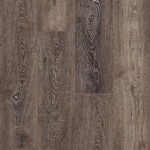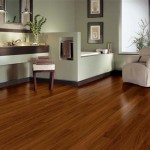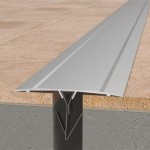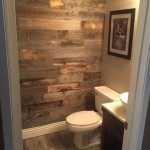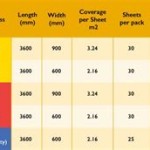Understanding Wood Flooring Costs: Essential Aspects
Installing wood flooring can significantly elevate the aesthetic and value of your home. However, determining the cost of such an investment can be a daunting task. To make an informed decision, it's crucial to understand the essential factors that influence the overall price.
Species of Wood
The type of wood used for flooring is a primary determinant of cost. Hardwood species, such as oak, maple, and walnut, are generally more expensive than softwood species like pine or fir. Hardwood floors are harder and more durable, making them a worthwhile investment for high-traffic areas.
Grade of Wood
The grade of wood refers to its quality and appearance. Higher-grade wood is free from blemishes, knots, and other imperfections, resulting in a more expensive option. Lower-grade wood may contain imperfections but is still structurally sound and can offer a rustic or vintage aesthetic.
Width and Thickness
The width and thickness of wood flooring also impact its cost. Wider planks create a grander appearance and are more expensive than narrower ones. Similarly, thicker planks are more durable and cost more. However, they can also reduce ceiling height, so consider your room's dimensions.
Finish
The finish applied to wood flooring affects its durability and appearance. A natural finish showcases the wood's natural grain, while stained finishes add color and enhance its characteristics. Prefinished floors are more expensive but save time and hassle during installation.
Installation Method
The installation method chosen also influences the cost. Glue-down flooring permanently adheres the planks to the subfloor, providing stability and excellent sound dampening. Floating floors are not glued and instead "float" over a layer of underlayment, making installation easier but potentially less durable.
Labor Costs
Labor costs are a significant factor to consider. Skilled flooring installers can ensure a professional and high-quality installation. The complexity of the layout and the size of the area being installed can impact the labor cost.
Additional Considerations
In addition to the main factors, there are other considerations that may affect wood flooring costs. These include:
- Underlayment
- Moldings and transitions
- Thresholds
- Subfloor preparation
- Removal of existing flooring
Cost Estimation
Estimating the cost of wood flooring involves considering all the factors discussed above. A professional flooring contractor can provide an accurate estimate based on your specific requirements and budget. It's always recommended to obtain multiple quotes from reputable contractors to ensure you make an informed decision.
Conclusion
Understanding the essential aspects of wood flooring costs is crucial for homeowners considering this investment. By carefully evaluating species, grade, width, thickness, finish, installation method, labor costs, and additional considerations, you can determine the most suitable option for your needs and budget. Remember to seek professional advice from flooring contractors to ensure a successful and cost-effective installation.

Average Hardwood Flooring S In 2024 Forbes Home

Understand The Pros Cons And Costs Of Popular Flooring Materials

Hardwood Vs Engineered Wood Flooring Which Is Best For You Forbes Home

How Much Does It Cost To Refinish Hardwood Floors Modernize

Do Hardwood Floors Increase Home Value Roi Cost

The Cost To Refinish Hardwood Floors Keystone Floor Care Inc

Understanding Hardwood Flooring S Napolis

2024 Laminate Flooring Installation Cost Guide Angi

Flooring Installation Cost Guide 2024 Forbes Home

The Pros Cons And Costs Of Making Right Flooring Choice
See Also
